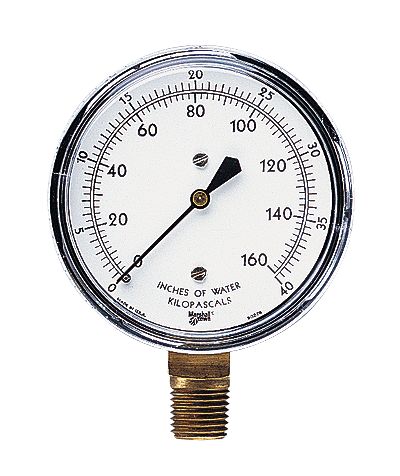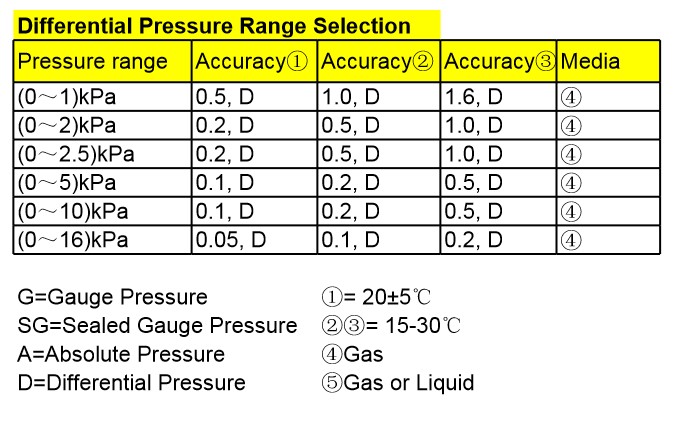


These situations can cause a tire failure, including tread/belt separation, even at a later date, which could lead to an accident and serious personal injury or death.Ĭonsult the vehicle tire placard, certification label or the owner's manual for the recommended inflation pressures. Over inflation makes it more likely for tires to be cut, punctured or broken by sudden impact.Under inflation causes excessive heat build-up and internal structural damage.The tire will remain seriously damaged and can still fail, even after inflation pressure is corrected.ĭriving on tires with improper inflation pressure is dangerous. Adding oil or coolant won't repair engine damage, and adding inflation pressure won't fix tire damage. It may seem to work fine for a time, but serious permanent damage has occurred. Running a tire under inflated is like running the vehicle's engine without enough oil or coolant. Tires driven even a short distance while under inflated may be damaged beyond repair. Operating a vehicle with just one tire under inflated by 8 psi (56 kPa) can reduce the life of the tire by 9,000 miles and can increase the vehicle's fuel consumption by 4%.

Note that some vehicles may have different cold inflation pressures for tires on the front and rear axles. In addition to tire safety, this means your tires will wear longer and improve vehicle fuel consumption. With the right amount of inflation pressure, the vehicle and the tires will achieve their optimum performance. Proper Inflation is Critical - Inflation pressure enables a tire to support the load and to control the vehicle, therefore proper inflation is critical. Over inflated tires (over the maximum molded on the tire sidewall) are more likely to be cut, punctured or damaged by sudden impact from hitting an obstacle, such as a pothole. Do not exceed the maximum inflation pressure shown on the tire sidewall.

Under inflation causes excessive heat build-up and internal structural damage that may lead to a tire failure, including tread/belt separation, even at a later date. Never set tire inflation pressures below the recommended inflation pressure found on the vehicle tire placard, certification label or owner's manual. Kilopascal to Psi Conversion Table Kilopascal ġ5 kPa = 15 × 0.1450377377 psi = 2.The recommended inflation pressures for tires are specified in pounds per square inch (psi) or kilopascals (kPa) as indicated on the vehicle tire placard, certification label or in the owner's manual. Although the pascal is more widely used in scientific contexts, psi is more often used in everyday contexts, particularly in countries like the United States as well as others under the US customary or imperial systems of units. As such, the prototype pound at the time was known as the avoirdupois wool pound.Ĭurrent use: The psi is fairly widely used to measure numerous pressures, such as tire pressure, scuba tank pressure, natural gas pipeline pressure, among others. The system is believed to have come into use in England around 1300 and was used in the international wool trade. It is based on the avoirdupois system, a system that uses weights in terms of the avoirdupois pound, which was standardized in 1959. History/origin: Pound-force per square inch is a unit that originated in the imperial and US customary systems of units. One psi is approximately 6,895 pascals (N/m 2). It is defined as the pressure that results when a force of one pound-force is applied to a one-square-inch area. Pound-force per square inchĭefinition: A pound-force per square inch (symbol: psi) is an imperial and US customary unit of pressure based on avoirdupois units. This is true of most countries, including the United States. The kilopascal is more prevalent in scientific contexts such as material science, engineering, and geophysics. Exceptions include certain countries that use either the imperial or United States customary systems of measurement, such as the United States, in which the unit of pound per square inch is more commonly used. In 1971, at the 14 th General Conference on Weights and Measures, the pascal was adopted as an SI derived unit of pressure.Ĭurrent use: The kilopascal is widely used worldwide in countries that have adopted SI. The kilopascal is simply a multiple of the pascal, as is common within SI. History/origin: The unit, pascal, is named after Blaise Pascal, a French mathematician and physicist. A kilopascal is defined as 1,000 Pa, where 1 Pa is defined as the pressure exerted by a 1 newton force applied perpendicularly to an area of one square meter, expressed as 1 N/m 2 or 1 kg/m Definition: A kilopascal (symbol: kPa) is a multiple of the pascal (Pa), an SI (International System of Units) derived unit of pressure used to measure internal pressure, Young's modulus, stress, and ultimate tensile strength.


 0 kommentar(er)
0 kommentar(er)
